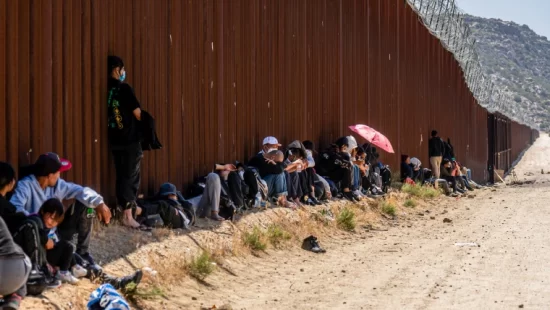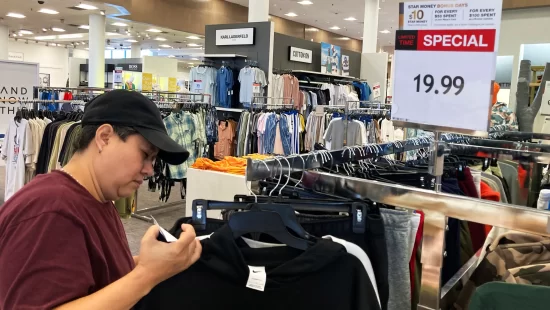Traffic from low-income consumers at quick-service restaurants declined by “nearly double digits in the third quarter, a trend that’s persisted for nearly two years,” the McDonald’s chief executive, Chris Kempczinski, said on an earnings call last week.
And at Papa John’s, even though consumers ordered more pizza in the third quarter, total sales were in effect flat as the “order mix shifted to more medium pizzas and fewer added toppings,” Todd Penegor, the pizza chain’s chief executive, told analysts last week.
Adding to its troubles, the food industry has been in the cross hairs of the Trump administration all year. Health Secretary Robert F. Kennedy Jr. has blamed companies for a variety of the nation’s chronic illnesses and is pressing manufacturers to remove artificial colors and the shutdown isn’t the only impact on SNAP benefits. The latest budget bill tightened rules around who is eligible for the program and made billions of dollars in cuts in the coming years.
Separately, a dozen states, including Nebraska, West Virginia and Florida, have received approval from the U.S. Department of Agriculture to bar people from using SNAP dollars to purchase items like sodas, energy drinks and candy.
Food manufacturers and restaurants in recent months have been looking for ways to keep lower-income consumers buying.
PepsiCo, the maker of popular chips like Doritos and Cheetos, began emphasizing smaller individual bags and multipacks on shelves later in the month when consumers are stretching their paychecks.
McDonald’s said it expected to spend $75 million in the fourth quarter toward covering half of franchisees’ costs for offering value meals at lower prices, like a $5 Sausage Egg and Cheese McGriddle or a 10-piece Chicken McNugget Meal for $8, as a way to attract customers.
But some economists say the lapse in food-assistance payments is likely to cause lower-income households to scrutinize their spending more.
“This is a shock to people’s income and their budgets,” said David Ortega, a food economist at Michigan State University. “Food is a necessity. They’ll protect that part of their budgets. But that will cut into their discretionary spending and it couldn’t happen at a worse time for lower-income consumers as we head into the holiday season.”
As for retailers, the bulk of SNAP dollars for groceries are spent at Walmart, Kroger, Costco and Albertsons, with Walmart receiving nearly 26 percent, according to consumer data firm Numerator.
But for Walmart, with annual revenues of $680 billion, the pause in spending for a few billion dollars isn’t likely to affect its business much, said Peter Keith, an analyst at the investment bank Piper Sandler.
Rather, Mr. Keith said retailers like Dollar General may feel a bigger hit as SNAP spending could represent a “mid-single-digit percent” of their total sales.
Jerome Bouyer, vice president of retail operations for Save A Lot, a discount-grocery chain with hundreds of stores, said consumers in recent weeks shifted away from fresh meat and produce to more-processed items like hot dogs, deli meats, ramen and pasta — which tend to be cheaper, more filling and longer lasting.
The proportion of SNAP sales varies considerably among Save A Lot locations, Mr. Bouyer said, from 10 percent to over 50 percent. Those more reliant on SNAP revenue may be forced to cut costs elsewhere, like labor.
Some say that independent grocers serving smaller, or even rural communities, are likely to feel the most pain.








